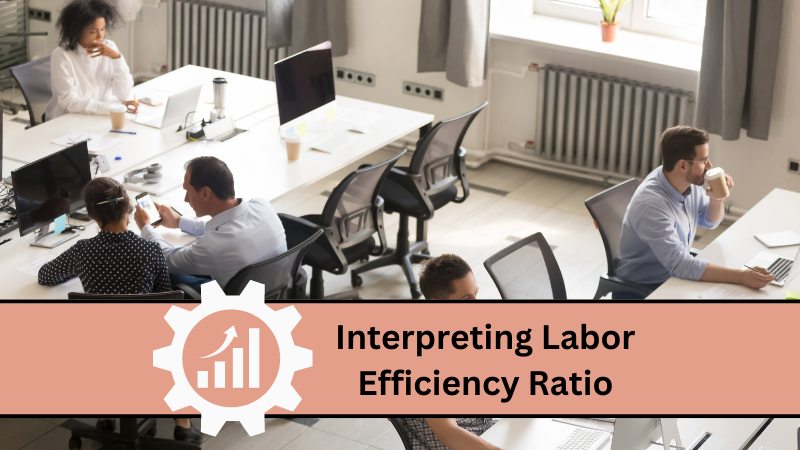In the last article, we introduced a key metric called the Labor Efficiency Ratio (LER). Basically, the LER measured how much a unit of revenue costs to produce. We’d encourage you to go back and read the previous article if you haven’t already.
The higher the LER, the more efficient your workforce is at getting the job done, so you’re
shooting for increasing the LER over time.
So, once you calculate the LER, what’s next? Well, as we mentioned before, one thing you need to do is track the LER over time to analyze trends. By understanding how to properly apply and interpret the LER in light of various business situations over time, you can increase the efficiency of your employees and increase your profitability.
Let’s look at one example: Let’s say you’re the owner of a small architectural firm, and the LER in March was only 1.9. But it increased slightly to 2.0 in April after you bought new drafting software. You’re disappointed, though, because by your thinking, that software really should have gotten productivity to the point where the LER is at 2.2 or higher. What went wrong? Maybe the staff didn’t get adequate training on the software, or perhaps they need more time to get comfortable with it. If the LER doesn’t get to 2.2 in a few more weeks, you’ll have to dig deeper and may need to call your software vendor.
Breaking down the LER by individual employees, departments, types of jobs, and clients can also be very insightful and is well worth the extra bit of effort.
You may decide, after analyzing the numbers, that some customers are just costing you too
much employee time – you need to either raise your rates for them or let them go.
You’ll be able to quantity which employees are most productive and which ones are struggling. (A word of caution here: You must consider factors such as when an employee is on vacation and another employee is doing extra work – lest one employee appear to be a slacker and the other super-productive. And, don’t get so zealous in your quest to drive your LER higher that you overwork and burnout your employees.)
These and other nuggets of insight can be gained by regularly looking at your LER from various vantage points.
SBS can help you increase your discernment in using LER and all the relevant accounting and financial metrics for your small business to make your company more profitable.
Contact us at info@sbsaccountants.com or 770-284-5537 today for a consultation.

